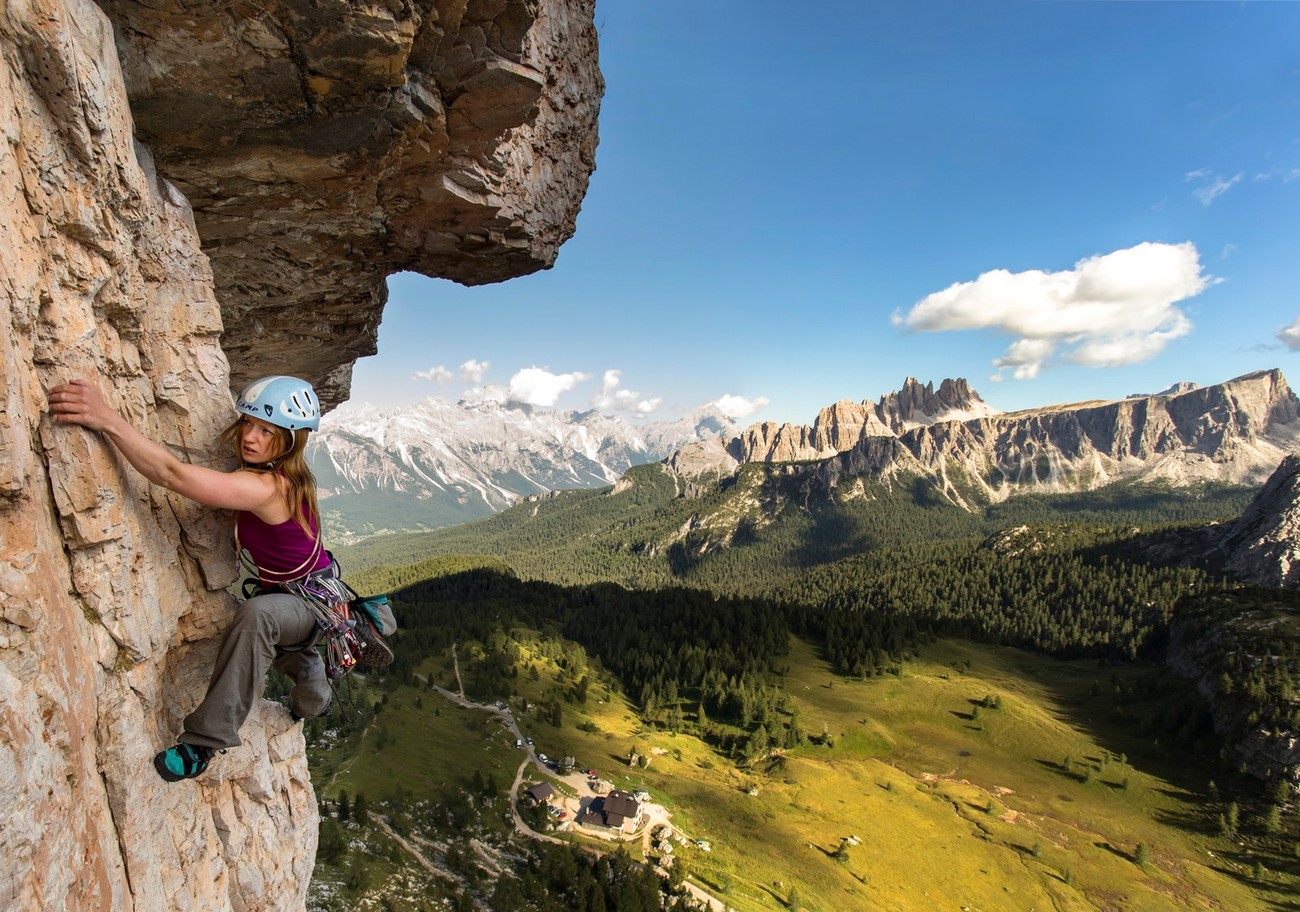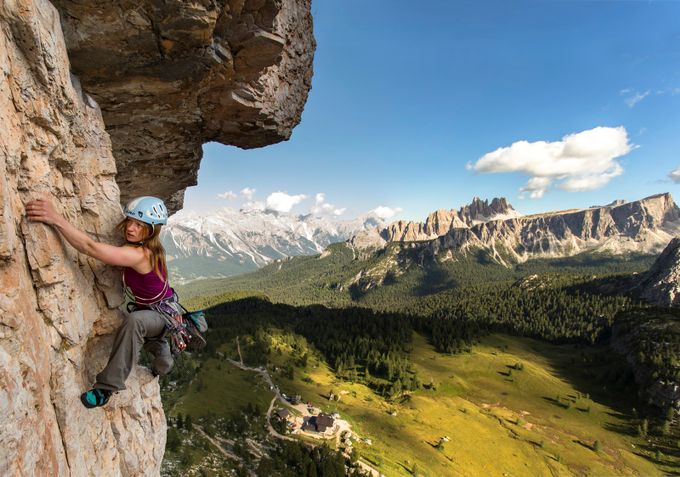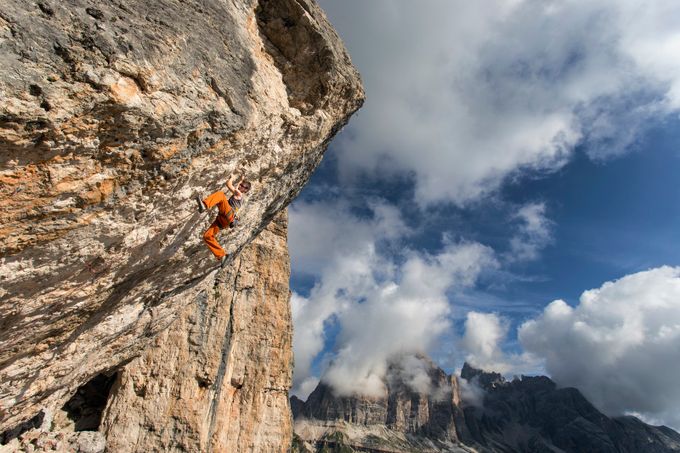ViewBug member James Rushforth has just completed the new Rockfax climbing guide to the Dolomites and shares some tips on climbing photography.
1) Put the effort in…
I think the quality of most photos is a direct reflection of the amount of effort put in; this is especially true for climbing photography. A quick ‘bum shot’ snapped from the ground is rarely as effective as a photo taken from above the climber some 100m off the ground. Whilst this is undoubtedly a major logistical undertaking it yields obvious results when the final image is reviewed.
2) Think about perspective
Climbing shots rarely look good from directly below, particularly when you are too far from the subject to record the intensity of the moment or too close to the rock to capture the surrounding environment. If you can get above or level with the climber you can encapsulate the emotions of the subject along with that all-important sense of height. If you are shooting from the ground experiment with nearby hills and boulders coupled with a large lens, or try a wide angle to capture the climbers and adjacent scenery.
3) What do you want to convey?
A good climbing photo is all about how the subject interacts with the surrounding environment. Consider what you want the shot to portray: fear, grace, scale, height, remoteness or a little bit of everything.
4) Continuous shooting
Don’t be afraid to fill several SD cards; that’s what they’re for. It often takes many shots before you finally get the one that captures the emotion, movement and background lighting that you really want. Occasionally you as the photographer might get lucky and your subject may fall off (perfectly safe 99.9% of the time) and you don’t want to miss that look on their face…
5) Freeze the motion
Blurred hands and feet generally don’t contribute in a positive way to a climbing shot unless you want to capture the movement of a climber mid-fall or attempting to dyno (jumping for a hold). Use a fast enough shutter speed (which will vary depending on your focal length) to freeze the motion and keep the subject sharp.
6) Fashion sense
It may sound contrived, but the subject’s clothing is important, particularly with regards to bright colours. Blacks, browns and pastel colours generally blend in remarkably well to the surrounding rock, whereas a good vibrant t-shirt or jacket will really help to make the subject stand out from the surrounding scenery.
7) Don’t be afraid to get creative
Just like all other aspects of photography, don’t be afraid to get creative and try something a little different and off the wall (pun intended). Close ups of fingers crimping hard, chalk being blown off a hold and tendons straining all tell a story. Alternatively, find some climbers keen to go out and play at night…
8) Take pleasure in what you do
Climbing in itself is an immensely rewarding and satisfying pastime, and when coupled with photography to ‘freeze’ those special moments it’s hard to think of anything I’d rather do. Stop reading this and get yourself down to your local wall or crag now!
A ‘selfie’ by the article author using a tripod and time lapse shooting.










